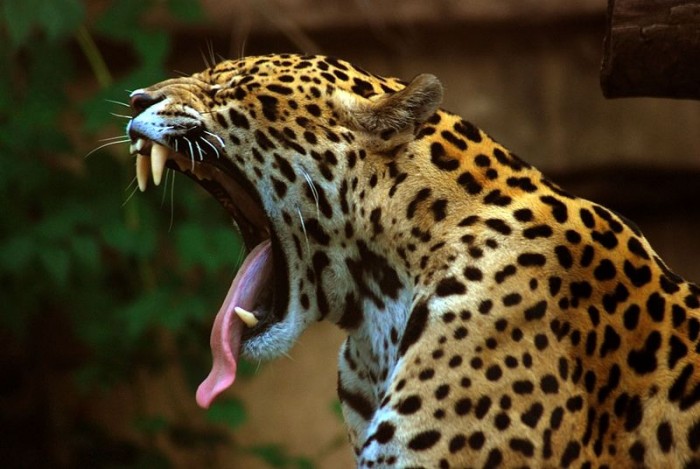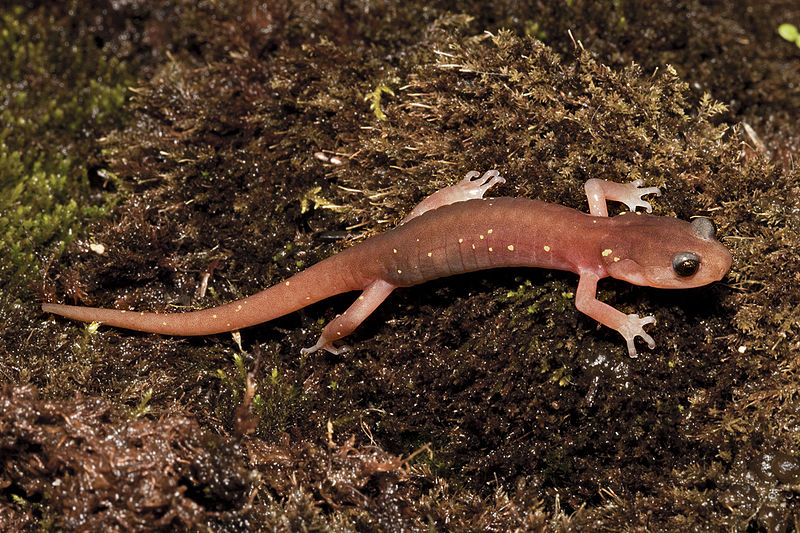Critical habitat for jaguars, but is it money well spent?
The jaguar’s current range stretches from the Sonoran Desert in Mexico to northern Argentina, but the jaguar does cross into the USA frequently.
 Image: By MarcusObal (Own work) [GFDL (http://www.gnu.org/copyleft/fdl.html) or CC-BY-SA-3.0-2.5-2.0-1.0 (http://creativecommons.org/licenses/by-sa/3.0)], via Wikimedia Commons
Image: By MarcusObal (Own work) [GFDL (http://www.gnu.org/copyleft/fdl.html) or CC-BY-SA-3.0-2.5-2.0-1.0 (http://creativecommons.org/licenses/by-sa/3.0)], via Wikimedia Commons The jaguar is the biggest cat in the western hemisphere. They primarily lived in North America until the end of the Pleistocene, around 12, 000 years ago, and during the 18th and 19th centuries, were regularly spotted in the United States, from North Carolina to California. Human encroachment, however, pushed the jaguar further and further south.
The jaguar’s current range stretches from the Sonoran Desert in Mexico to northern Argentina, but the jaguar does cross into the USA frequently. Their presence has prompted many conservationists to fight for a designated habitat for the jaguars, arguing that even though the USA represents the northernmost part of the jaguar’s range, peripheral populations are important to the species as their adaptation to different environmental conditions strengthens evolutionary diversity.
Court action
Finally, after years of court action, the US Fish and Wildlife Service (FWS) last week proposed a plan to designate 838, 232 acres in Arizona and New Mexico as critical jaguar habitat. The jaguar has been listed as endangered since 1997, but FWS did not develop a recovery plan. In 2003, the Center for Biological Diversity (CBD) sued them in order to gain habitat protection for the cat but FWS deemed it unnecessary. CBD sued again in 2007 and, in 2009, controversy over the death of Macho B, a jaguar that had been caught and released with a radio collar, but was later found ailing and euthanised, prompted the court to order FWS to reconsider its position.
Disagreements
Nevertheless, not everyone agrees that this decision is in the jaguar’s best interests. Prominent big cat scientist Alan Rabinowitz believes that, as jaguars do not inhabit the USA on a continuing basis, the money would be much better spent protecting the cats further south in Mexico where their numbers are greater. Corridors should be established between populations to create breeding links. Another issue is the giant border control fence that may keep the jaguars, as well as the illegal immigrants, out of the USA.
The plans are due to be implemented next year and, although controversial, will at least protect the cats that are a natural part of the USA’s fauna, only pushed out because of our own actions.





No comments yet.